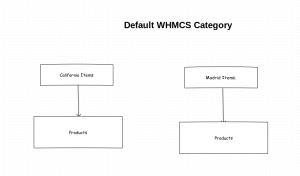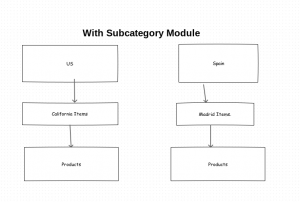11
Apr
From the link https://github.com/analogic/lescript, we will get a nice script to create SSL Certificates. The script has code to verify domain after uploading a file to a folder .well-known/acme-challenge in the document root. If the domain is not yet hosted , we have to verify the domain using DNS TXT record.
This post explains about domain verification using DNS method.
First of all download the script from the link https://github.com/analogic/lescript.
Then we can use most of it’s code for domain verification using DNS too.
We have to use response we get for
$response = $this->signedRequest(
"/acme/new-authz", array("resource" => "new-authz",
"identifier" => array("type" => "dns", "value" => $domain)
)
);
This array will have challenge details for domain verification using http, dns etc.
To get dns challenge details, use the below code
$dns_challenge = array_reduce($response['challenges'], function ($v, $w) use (&$self) {
return $v ? $v : ($w['type'] == "dns-01" ? $w : false);
});
From the dns challenge we can collect token and key authorization.
$dns_token = $dns_challenge['token'];
$dns_payload = $dns_token . '.'
. Base64UrlSafeEncoder::encode(hash('sha256', json_encode($header), true));
You can see that token and key authorization are creating just like we create for http-01. Now the main difference is, how we calculate the DNS TXT Record.
For domain verification using http-01, we create a file named
http://${domain}/.well-known/acme-challenge/${challenge[‘token’]}
and we put the payload as content of the file.
But for dns-01 domain verification, we are not adding TXT value as payload, but we calculate a string by below code.
// name of the domain
$name = '_acme-challenge'. $domain;
//points to
$dns_txt_record = Base64UrlSafeEncoder::encode(hash('sha256',$dns_payload, true));
Then we have to add $name and $dns_txt_record to the dns zone TXT record.
We can check weather the value is added correctly or not by typing below command in terminal.
dig txt _acme-challenge.[domain]
Then we can invoke the domain verification using dns-01 type.
$result = $this->signedRequest_dns(
$challenge_uri, array(
"resource" => "challenge",
"type" => "dns-01",
"keyAuthorization" => $dns_payload,
"token" => $dns_token
)
);
If anybody need more explanation or help, please do post comments.
Will answer asap.

